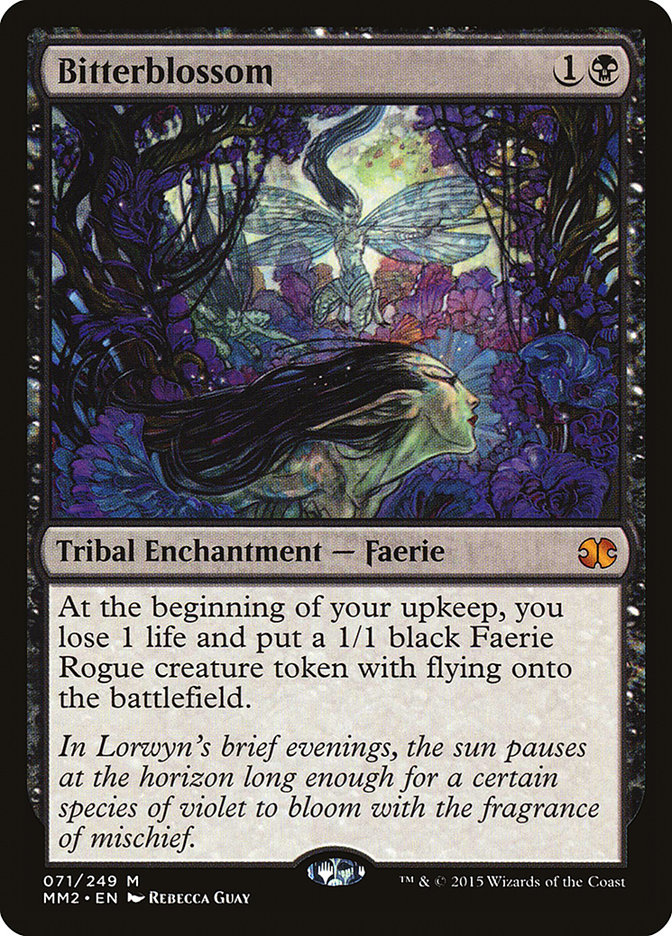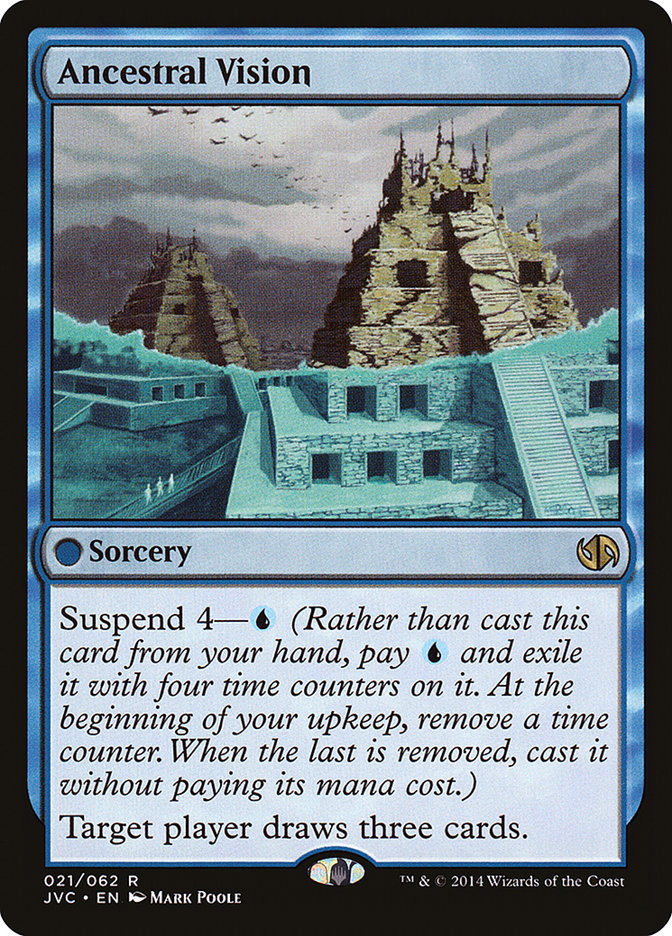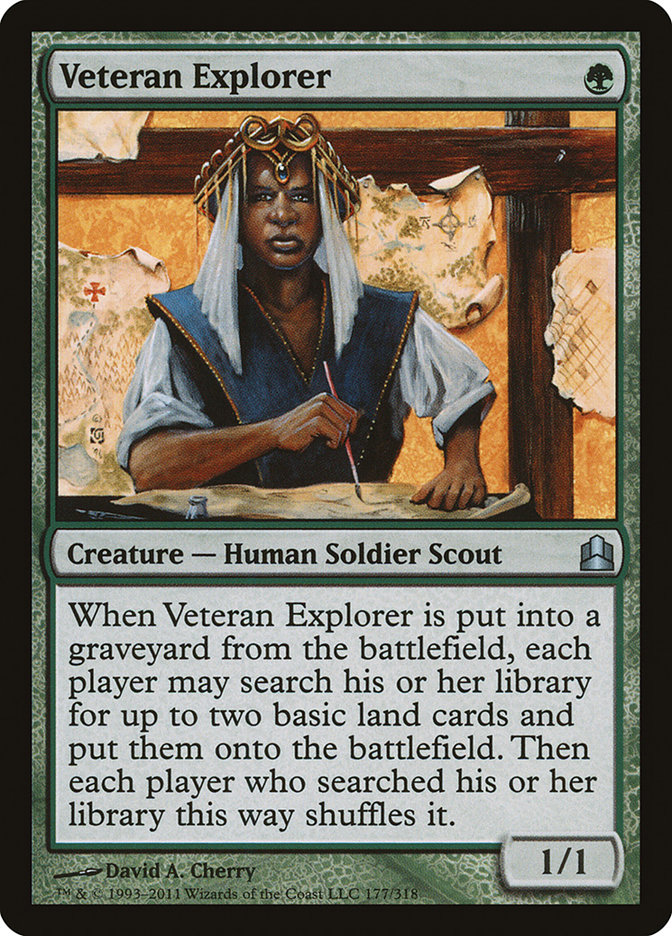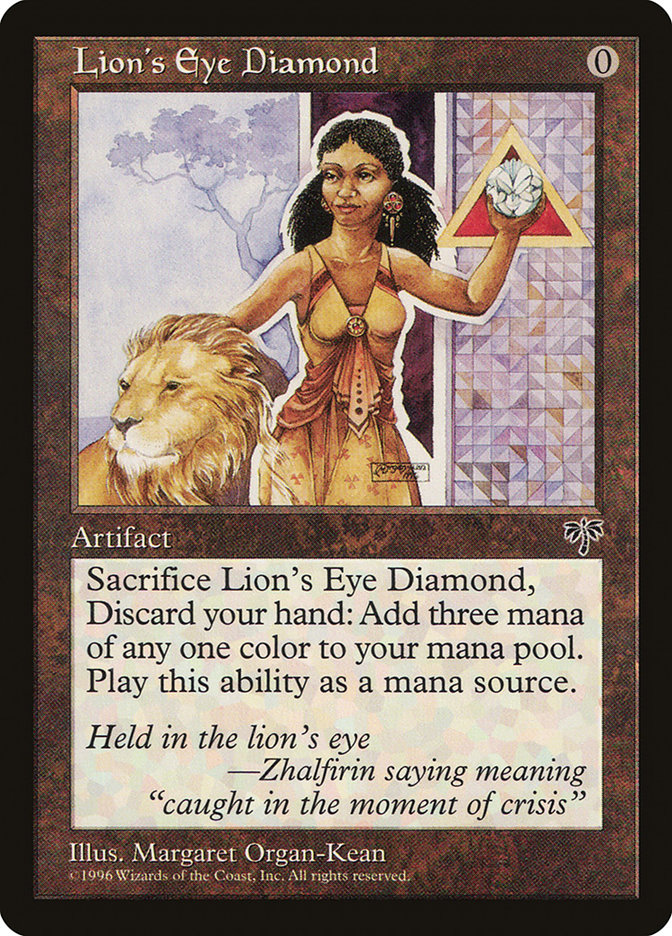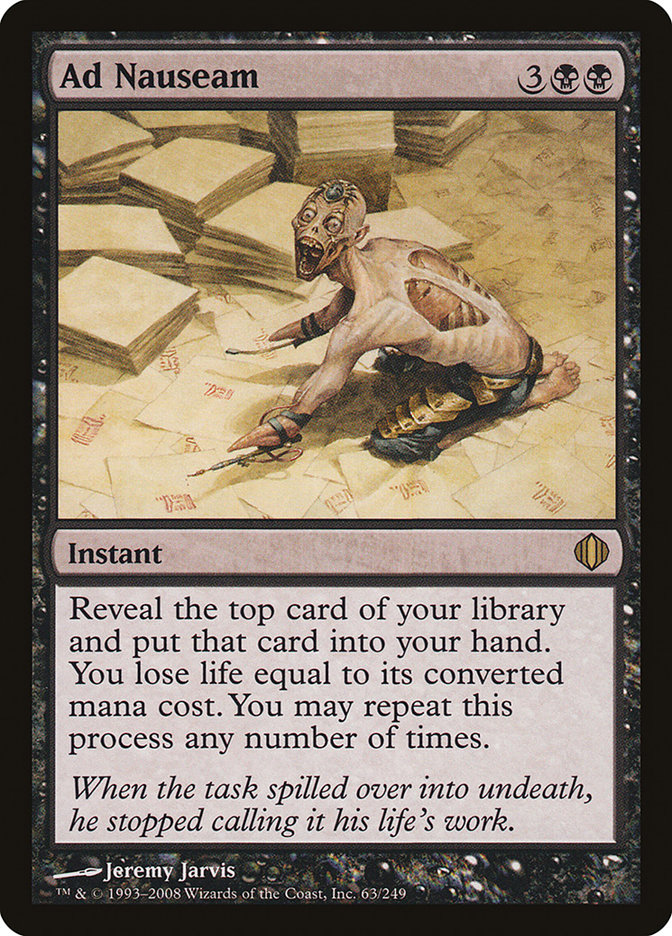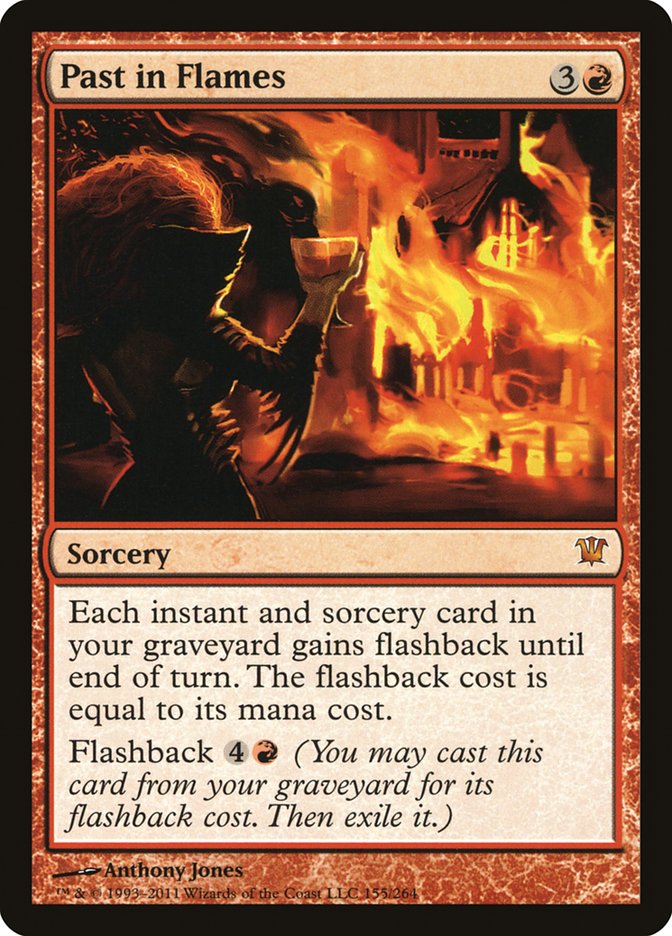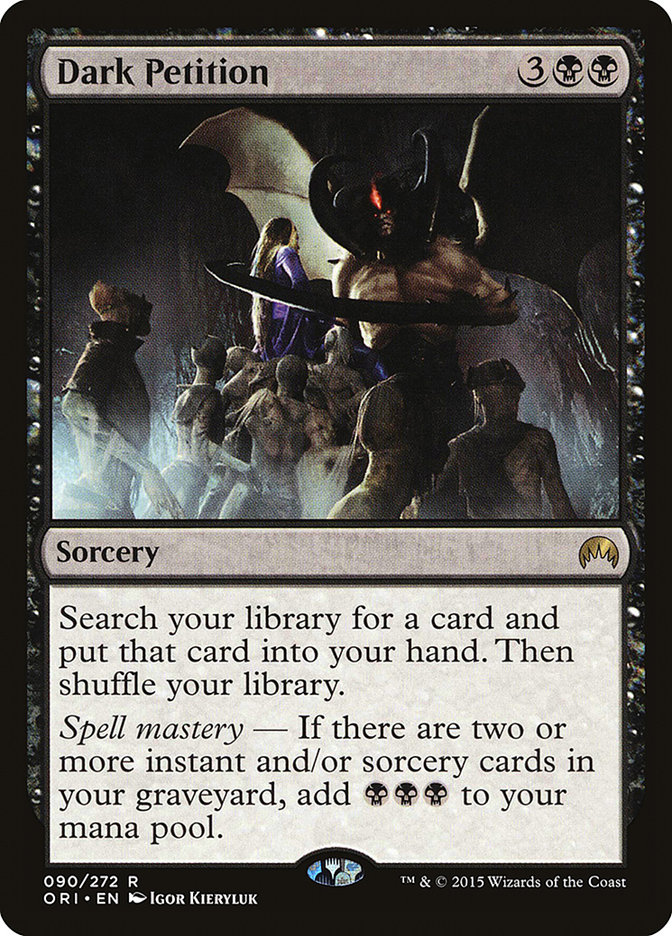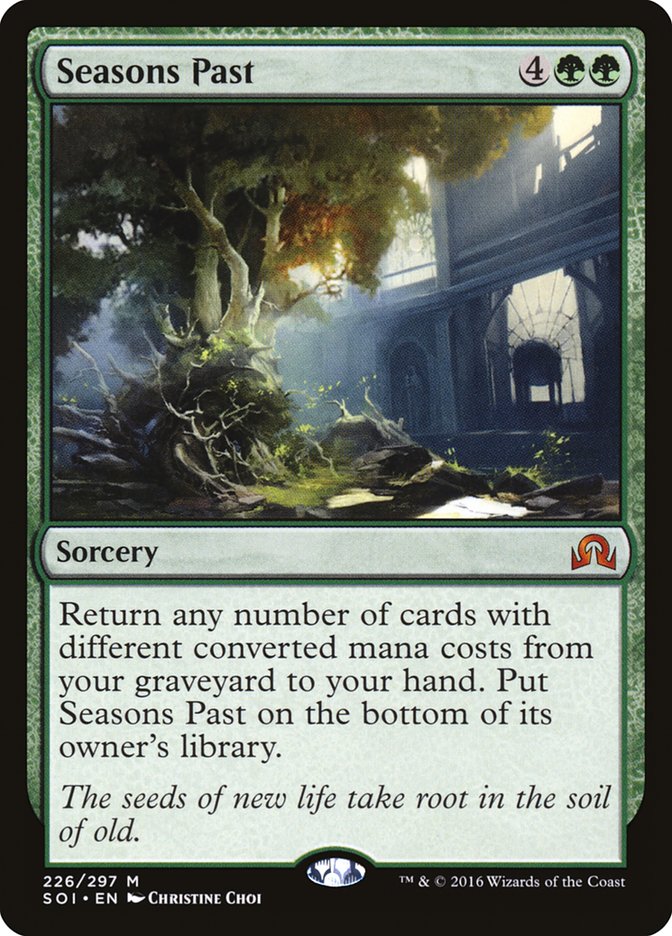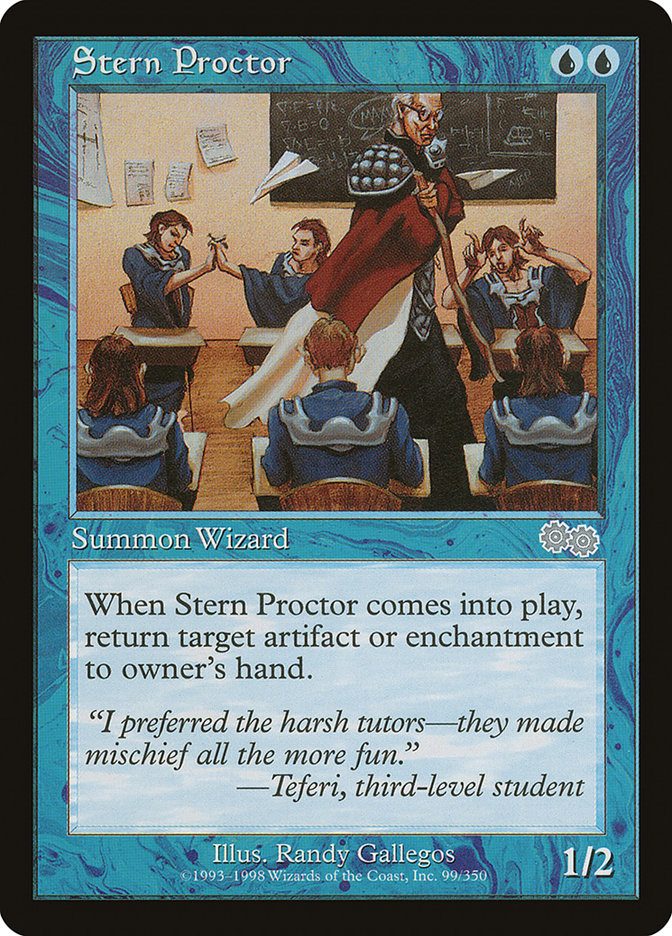This weekend I played in the truly unique and bizarre thirteen-player Magic Online Championship, the Worlds of Magic Online. We knew far in advance that this tournament would include Standard, Modern, Legacy, and Shadows over Innistrad Draft. More recently, we learned that decklists would be due the Tuesday morning before the event.
Formats basically evolve every weekend, so submitting a decklist on a Tuesday morning will always be difficult. Like most other competitors, I hoped to have a pretty solid grasp on Standard after the Pro Tour, and then to be able to focus on preparing the other formats, but Standard has been so good lately that it keeps evolving and developing, and it never felt like we could just rest on the last week’s preparation, and with #GPNY a few days before decks were due, almost all of my effort up to then was dedicated to preparing for the Grand Prix.
Luckily, after the Grand Prix, I loved my Standard deck, and I knew that every other competitor would be in a similar position in terms of not being able to put a lot of extra time into Standard after the weekend, so I thought things would look pretty similar to the Grand Prix I’d just played, so after Day 1 of #GPNY I’d basically locked in on running the same deck back at the Magic Online Championship. This meant I had Sunday night, Monday, and early Tuesday morning to figure out what I was going to play in Modern and Legacy.
I opted not to prepare with any other players in this event, because I thought it would be simplest to just work with Team UltraPro, whom I trusted would help me out even though the formats weren’t necessarily immediately important to them. My first efforts in Modern had come much earlier, when I tried out Faeries after Ancestral Vision was unbanned and found that I really liked the deck.
More recently, I’d kind of fallen in love with Tireless Tracker and wanted to see if I could play it in every format. It’s the kind of card that can actually scale up, getting better in older formats because it plays so well with fetchlands.
Before #GPNY I posted a list that was very much like the Temur Tracker deck I ended up playing, except that I had Ancestral Visions over Thought Scour, Gitaxian Probe, and Serum Visions. I asked Paul Rietzl, who was skipping the Grand Prix, to test Modern to try it out, and he reported back that, while it was good against decks like Jund (where the card draw really paid off) and Merfolk (where having tons of Lightning Bolts was great), he was worried that it was too slow against other linear aggro decks, and that he’d recommend against it.
On Sunday, I trusted him on this and went back to testing Faeries, which felt fine but not quite as good as it had before, and then I tried Jeskai with Nahiri, which I liked, but then teammates suggested other things, and I really had no idea what to do.
On Monday night, when I was going to sleep, it suddenly occurred to me that I could just cut the Ancestral Visions from my Temur deck, which could make up for the problem of being too slow and would help a lot with getting delirium earlier, and in theory, I liked a lot of what the deck had going on. I woke up early the next morning and tried it out, playing three matches before I needed to submit a list, and I decided this was a time when I just had to trust my instincts, that I didn’t know if the deck was good but that I liked a lot of what it had going on, and that I’d have fun playing it, and it was what I wanted to play, so I just had to try it. Let me explain the deck in a bit more detail:
Creatures (16)
- 1 Eternal Witness
- 4 Tarmogoyf
- 1 Scavenging Ooze
- 3 Snapcaster Mage
- 2 Jace, Vryn's Prodigy
- 1 Pia and Kiran Nalaar
- 4 Tireless Tracker
Lands (19)
Spells (25)

The thinking here was that having lots of cheap red removal would buy time for Tarmogoyf and Tireless Tracker to take over. My Tarmogoyfs would be much bigger than Tarmogoyf usually is because I was doing so much work to quickly create a diverse graveyard for delirium, and I’d have access to more of them than my opponents because of Traverse the Ulvenwald. All the cheap removal and counterspells would trade early, and then I could ride the card advantage from Tireless Tracker and using Snapcaster Mage on Traverse the Ulvenwald to lock up the game.
In practice, I went 1-3, losing all of my matches because Lightning Bolt was the wrong kind of interaction.
I lost to Gerry’s almost-creatureless Jeskai deck where I couldn’t sufficiently pressure Nahiri and he had more cheap counterspells than I did to resolve it. I lost to Death’s Shadow Zoo because my opponent’s Tarmogoyfs and Death’s Shadows were too big for my removal spells, and I lost to Naya Company because, again, my burn spells lined up poorly against Voice of Resurgence, Tarmogoyf, Knight of the Reliquary, Loxodon Smiter, and Collected Company.
In general, I think Lightning Bolt is a pretty good card in Modern, and I think it’s unusual to play against that many decks where it’s that bad, so it’s possible that I just ran into a string of unfortunate pairings. Ultimately, I think this is just a problem that Temur often runs into; its interactive spells can just be mismatched. The solution might be as simple as having access to something like Roast or Dismember, but those wouldn’t help the Jeskai matchup, so for the moment, I’m comfortable leaving this as a failed experiment.
In Legacy, I tried to build a Veteran Explorer shell with Traverse the Ulvenwald and Tireless Tracker. While I was impressed with the deck’s ability to grind against Shardless Sultai, it ultimately had the same problems these decks always have of just not being able to usefully interact with the diverse fast strategies that exist in Legacy.
Since I had no time to prepare and Legacy is very difficult to test for anyway, I decided I wanted to engage with the format as little as possible. I posted to my team that I was just going to play Belcher. Ari said it’s good now, and I figured I could flip coins there and hope to win in other formats. My teammates said that if I wanted to do that, I should play Storm instead, because it’s just a better deck.
I asked if they had a list they liked, and said that I’ve never played it, so I’d need help on stuff like sideboarding. Luis Scott-Vargas said that he talked to someone in Spain who he trusted to know Storm well, and that he could get a list and sideboard guide from him. I decided that would be good enough, and played his list with a couple of tweaks suggested by Matt Nass.
During the event, I felt about how I’d expect with Storm. I played it slowly, which was anticipated and not a problem, even if it didn’t look great on camera, and I made a few mistakes, but at the same time, I felt like there were a few things I navigated pretty well. The deck certainly performed well, and I was happy with the choice.
In Standard, I changed a couple of minor things from the previous weekend. I ended up playing this:
Creatures (13)
- 1 Den Protector
- 1 Nissa, Vastwood Seer
- 1 Ulamog, the Ceaseless Hunger
- 1 World Breaker
- 4 Sylvan Advocate
- 4 Tireless Tracker
- 1 Ulvenwald Hydra
Planeswalkers (1)
Lands (26)
Spells (20)

In the maindeck, I cut Kalitas, Traitor of Ghet for To the Slaughter. I’d been impressed by To the Slaughter at the Grand Prix, and I expected a lot of planeswalkers and Reality Smashers, and To the Slaughter is often the best answer. Kalitas was losing stock as the Cryptolith Rite decks were moving away from Zulaport Cutthroat, and I still didn’t like how it lined up against Reflector Mage. It really didn’t feel like it was contributing much to the deck.
In the sideboard, I replaced a Dead Weight with an Ultimate Price, reasoning that there hadn’t been many Humans decks lately; it’s even up for debate which is better there, and Ultimate Price seemed more likely to be desirable in other spots. I cut Infinite Obliteration for Gaea’s Revenge, which seemed like a great answer to the U/R Goggles, Grixis Control, and Esper Control decks that were potentially difficult matchups, and I cut Seasons Past for Dark Petition, thinking I’d rather have the extra Dark Petition if I was leaning on Gaea’s Revenge rather than Seasons Past loops in that kind of matchup.
The second Seasons Past was to make it harder for decks with Transgress the Mind or Negate to break up the loop, but my deck had enough ways to win without that loop that it wasn’t worth the slot to have the redundancy, and more six-mana sorceries really weren’t the best way to fight Negate. I also cut Clip Wings for a second Duress. To the Slaughter gave me another answer to cards like Dragonlord Ojutai, and Duress felt really important against decks with counterspells, so I wanted more of them.
Despite a disappointing 2-2 performance in Standard, I still really like this deck. It felt like things broke exactly wrong; both games Magnus won, he was able to get me into spots where Reality Smasher would be exactly lethal a turn before I could stabilize.
Playing in the tournament was a really weird experience. The small, prestigious tournaments are always pretty different, but after playing in Worlds twice and the Super Sunday Series Championship, I’m getting more comfortable with the style, but I wasn’t really prepared for playing a live tournament on Magic Online.
I’ve been playing Magic tournaments for the last 21 years. I’m very comfortable playing in tournaments; in fact, it might be my most comfortable, relaxing, familiar environment. I’ve played a lot of Magic Online (over 10,000 matches, according to the info sheet they displayed on me during the event), but I’m an extrovert, and playing MTGO by myself for more than a few hours can get pretty draining. Normally, at tournaments, I think I diffuse the pressure of playing high-stakes, important matches by talking to my opponent and the players around me, and hanging out with friends between rounds.
Sitting silently at a cubicle playing Magic Online felt like taking a test.
I won the first round, but even after it was over, my arms felt tense, and I had this unfamiliar nervous energy. I left the room and tried to call my mom because I just needed to talk to someone, explain what was going on, and calm down. She didn’t answer, but Nate Price walked by, so I vented to him about it.
Ordinarily, I think I get a big advantage from being more comfortable and less worried than my opponents, so it was weird to have that turned around. I assumed most of them were probably more comfortable playing Magic Online than they would be playing paper Magic. I think this faded a bit throughout the event, but it was definitely a unique challenge.
The other really weird part of this event was the role of byes with so few people and so many round. The players who were losing basically just cycled the bye between them every few rounds, and it made it really hard for anyone to ever really be out of contention. At the same time, changing formats so frequently with such a small pool of players reset who you could play against, so I just kept getting paired against the same players.
It was disappointing to spend the whole first day in the lead and then really fall apart the second day, especially getting punished for an ambitious and risky Modern deck choice, and especially to ultimately come only a single win short of Top 4, but, that’s how this job is, just a series of taking your best shot and hoping it works out.
There’s always another tournament to win, and with me having Platinum locked up and a good chance at qualifying for Worlds anyway, this win will do a lot more for Niels than it would have done for me, so I can’t be too unhappy.


